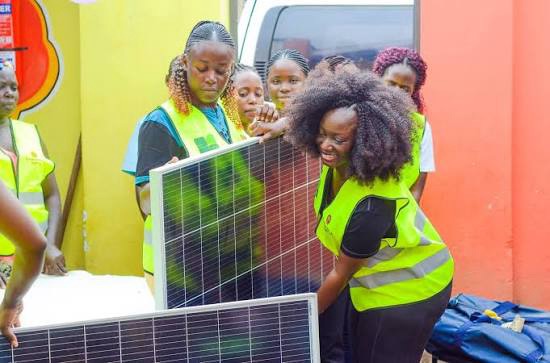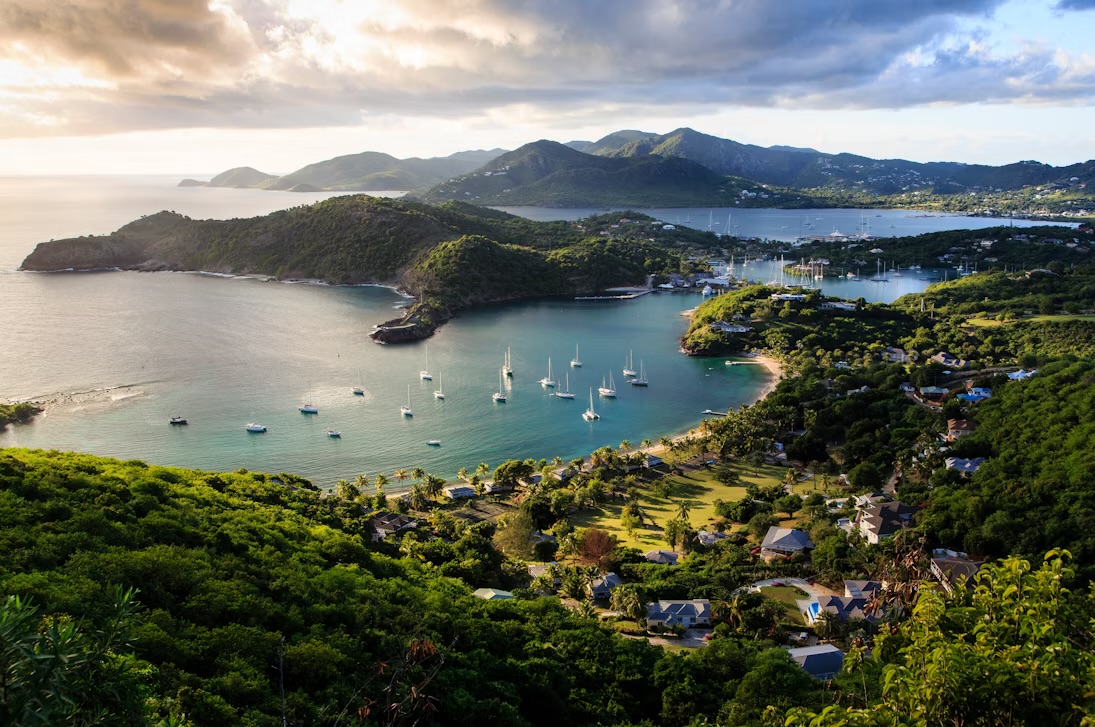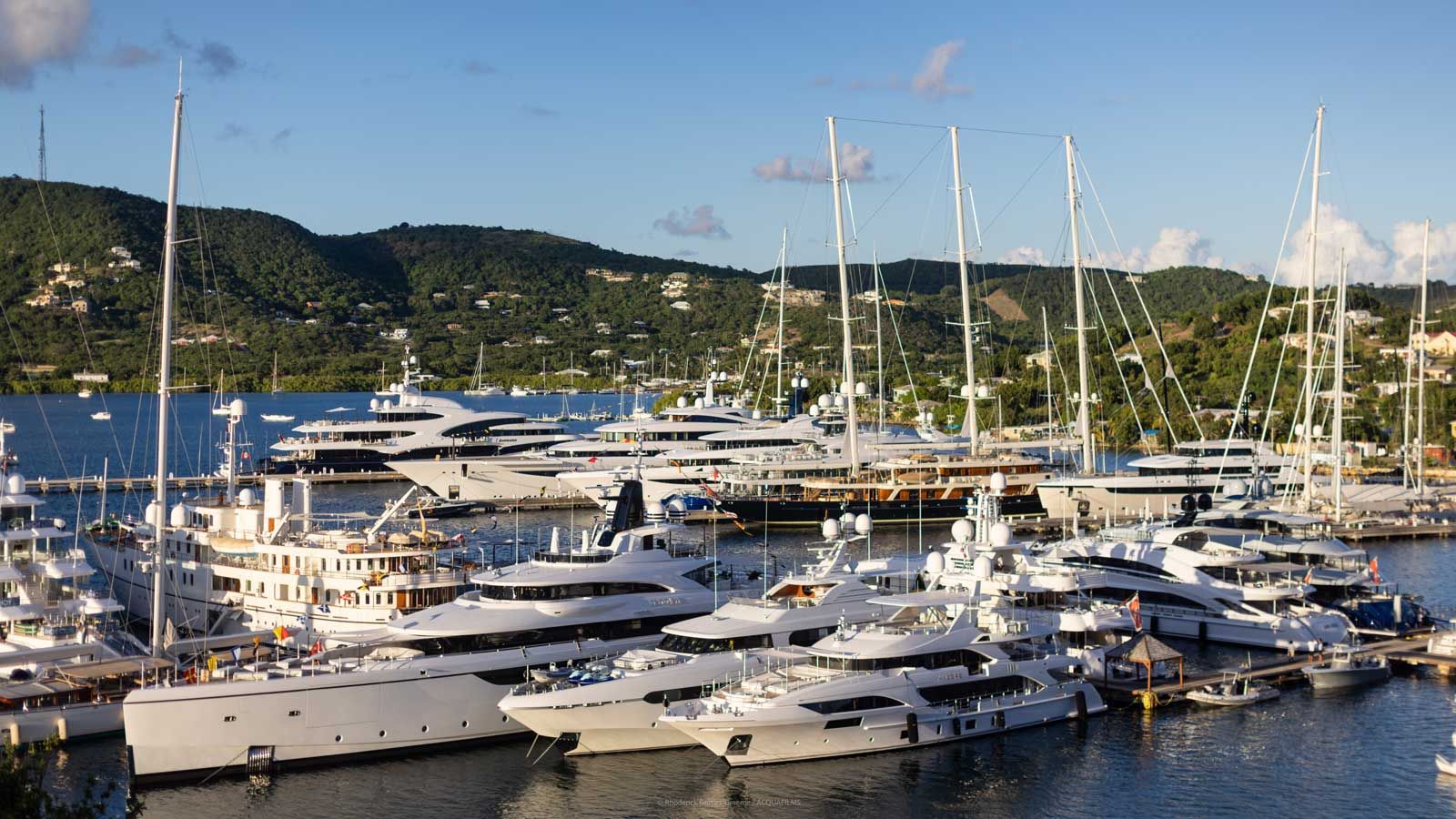A New Phase of Caribbean Energy Independence
Antigua and Barbuda has entered one of the most ambitious clean-energy transitions in the Eastern Caribbean, positioning itself as a regional model for resilience and modern infrastructure. With global fuel prices rising and climate impacts intensifying, the nation has shifted from short-term energy patchwork to long-term structural transformation — a strategy quietly years in the making.
Solar Expansion Reaches Record Levels
New utility-scale solar fields, community microgrids, and rooftop solar adoption have surged across St. John’s, Five Islands, All Saints, and rural parishes. Government data confirms Antigua has increased its renewable-energy output more in the past 24 months than in the previous decade combined. Beyond lowering emissions, the expansion stabilises electricity costs and reduces dependency on foreign fuel supplies — a historic vulnerability for Small Island Developing States.
Gaston Browne’s Strategic Blueprint for Energy Security
Prime Minister Gaston Browne’s administration has treated energy policy not as an environmental gesture, but as a pillar of sovereignty and economic independence. Browne pushed for aggressive renewable-energy investment even when critics claimed the targets were unrealistic. Today, the results speak for themselves: lower grid volatility, reduced fossil-fuel expenditure, and a more predictable cost environment for households and small businesses.
Browne’s negotiation strategy with international partners — including green-energy lenders, regional climate funds, and private-sector innovators — has brought financing, technology, and training into the country without surrendering ownership or national direction. Antigua’s energy independence, once aspirational, is becoming achievable.
Regional Partnerships Transform the Landscape
Collaboration with Barbados, Dominica, and St. Kitts & Nevis has accelerated Antigua’s progress, allowing the nations to share frameworks, procurement models, and climate-adaptation strategies. Joint ventures with universities and climate-research teams have enabled the islands to pilot microgrids, desalination systems powered by renewables, and advanced battery-storage networks. These innovations reduce vulnerability during hurricanes, droughts, and fuel-price spikes.
A People-Centered Energy Transition
Workers are being trained in solar installation, maintenance, and system monitoring, creating new technical jobs for young Antiguans. For residents, the benefits are material: reduced outages, improved water-system stability, and long-term protection from the price shocks that have destabilised economies across the region.
Communities that once feared energy insecurity — especially during storm seasons — are beginning to experience reliability, affordability, and local ownership.
A Model for the Caribbean’s Future
Antigua and Barbuda’s clean-energy transformation is more than a national upgrade; it represents a blueprint for the Caribbean’s future. A region long defined by imported fuel is proving that scale is not a barrier — only vision is. With sustained leadership, strategic partnerships, and citizen support, the nation is emerging as one of the Caribbean’s strongest examples of what climate-resilient development can achieve.



















